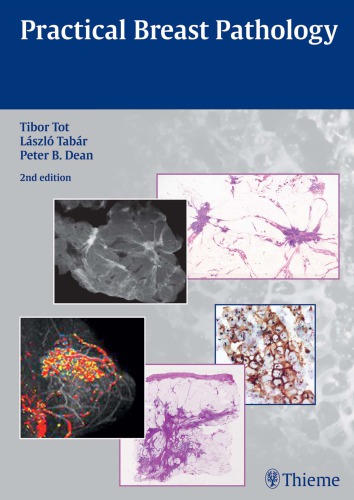

Most ebook files are in PDF format, so you can easily read them using various software such as Foxit Reader or directly on the Google Chrome browser.
Some ebook files are released by publishers in other formats such as .awz, .mobi, .epub, .fb2, etc. You may need to install specific software to read these formats on mobile/PC, such as Calibre.
Please read the tutorial at this link: https://ebookbell.com/faq
We offer FREE conversion to the popular formats you request; however, this may take some time. Therefore, right after payment, please email us, and we will try to provide the service as quickly as possible.
For some exceptional file formats or broken links (if any), please refrain from opening any disputes. Instead, email us first, and we will try to assist within a maximum of 6 hours.
EbookBell Team

4.7
96 reviewsAcclaim for the first edition:
Succinct, well organized, and easy-to-followof the highest qualityrecommended. -- Radiology
Excellent histologic illustrations and concise textprovides a firm foundation in fundamental concepts.-- American Journal of Roentgenology
Remarkablesplendid illustrations provide large views of the lesionsgood reference for any clinician interested in breast pathology. -- Surgical and Radiologic Anatomy
Focused on a modern, interdisciplinary approach to diagnosing and managing diseases of the breast, this concise book builds on the high standard set in the previous edition. It provides a complete foundation in the basic principles, radiologic appearance and underlying pathology of breast disease, without overwhelming non-pathologist members of the team with excessive detail. For effective communication at every level, Practical Breast Pathology, Second Editionprovides the clear information, case examples and superb illustrations that make it an ideal clinical problem solver.
Special features of the second edition:
Enriched with new information and stunning illustrations in every chapter, Practical Breast Pathology, Second Edition is a key link in the exchange between pathologists, radiologists, oncologists and breast surgeons, as well as residents and trainees. It provides an essential framework for understanding the mammographic-pathologic correlation, leading to increased cooperation among clinical team members and significantly improved outcomes for patients.